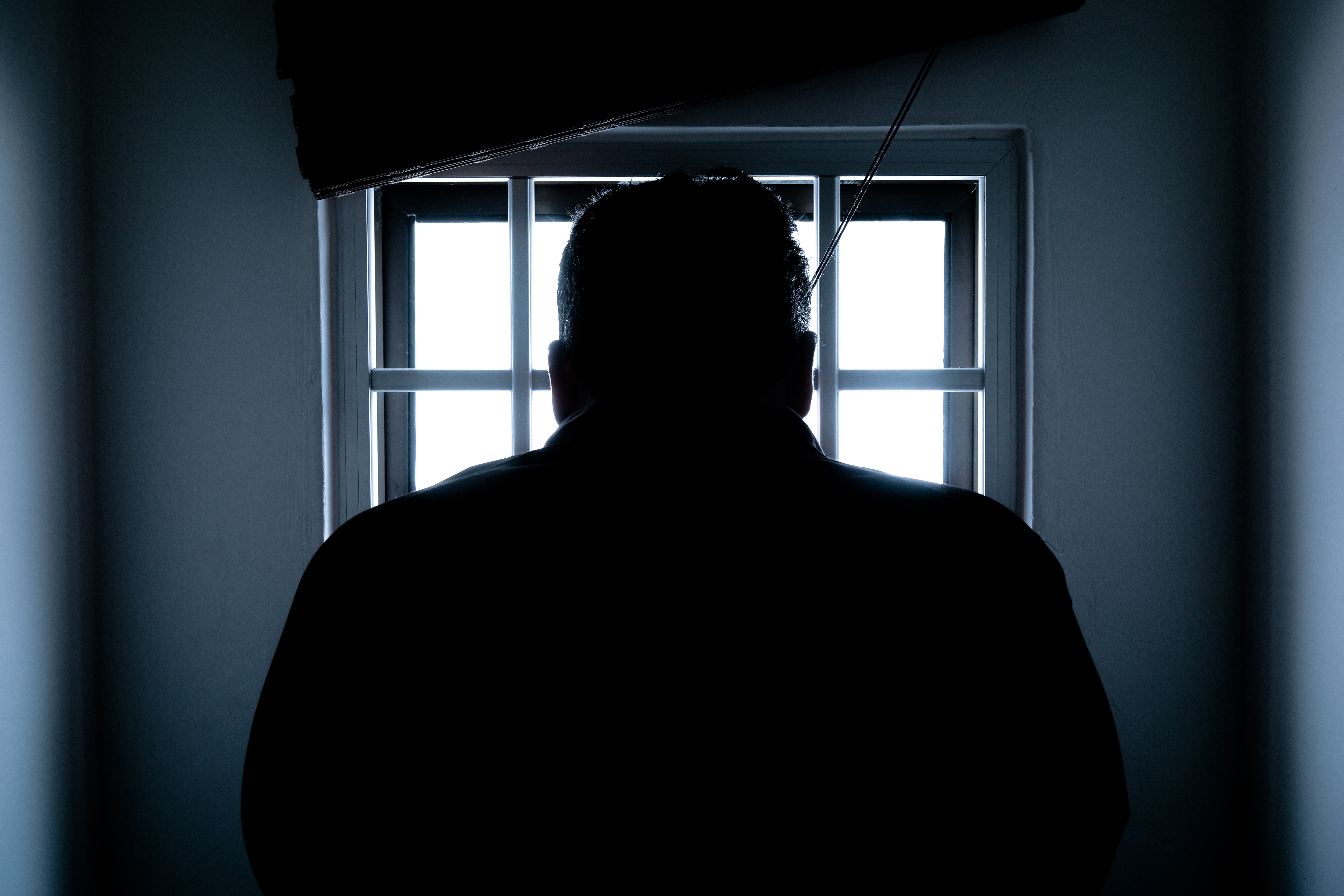The offence of Possessing Child Exploitation Material in Western Australia

Western Australian Police working with the Australian Federal Police have been conducting one of the state’s biggest investigations into child exploitation. In the past few weeks, police have executed more than 60 search warrants and 45 people have been charged with a total of 149 offences against children. Six men in Western Australia were charged in the operation. It is understood that three Australian children have also been rescued from alleged ongoing child abuse.
An increase in online criminal offences coincided with the COVID-19 pandemic lockdowns with people spending more time online. Since then, the number of reports of possessing child exploitation material Australia wide has increased significantly, with more than 33,000 reports of child exploitation received in 2021.
What is child exploitation material under WA law?
While it is sometimes referred to as ‘child pornography’, it is called child exploitation material under our criminal law.
In Western Australia, s 217A of the Criminal Code 1913 (WA) (Code) provides that child exploitation material means —
(a) child pornography; or
(b) material that, in a way likely to offend a reasonable person, describes, depicts or represents a person, or part of a person, who is, or appears to be, a child —
(i) in an offensive or demeaning context; or
(ii) being subjected to abuse, cruelty or torture (whether or not in a sexual context);
child pornography means material that, in a way likely to offend a reasonable person, describes, depicts or represents a person, or part of a person, who is, or appears to be a child —
(a) engaging in sexual activity; or
(b) in a sexual context;
material includes —
- any object, picture, film, written or printed matter, data or other thing; and
- any thing from which text, pictures, sound or data can be produced or reproduced, with or without the aid of anything else.
Statutory changes and increase in penalty since 28 August 2010
This above section of the Criminal Code forms part of ch XXV in the Code that deals with child exploitation material. Section 220 of the Code contains the offence of possession of child exploitation material.
Section 220 of the Code commenced operation on 28 August 2010. It replaced the former offence under s 60(4) of the Classification (Publications, Films and Computer Games) Enforcement Act 1996 (WA). Importantly, s 220 of the Code increased the maximum penalty for possession of child exploitation material from 5 years to 7 years of imprisonment. This is an indication that the offence should be viewed more seriously, with the consequential effect of increasing sentences overall.
Factors that are taken into account at sentencing:
It is apparent from numerous previous decisions of the Court of Appeal and its predecessor that the factors which are relevant in determining the seriousness of a particular offence against s 220 of the Criminal Code include the following:
- The gravity of the sexual activity depicted including the level of perversion and debauchery.
- The number of children depicted.
- The age or apparent age of the child or children.
- The extent to which the conduct depicted in the child exploitation material is likely to harm the child or children.
- Whether the child exploitation material tends to depict sexual activity with children as attractive or desirable.
- The number of videos, images or other items the subject of each charged offence.
- Whether the child exploitation material was possessed by the offender for purposes which included sale or further distribution.
- Whether the offender profited or was likely to profit from the commission of each charged offence.
General deterrence and the protection of children of paramount importance:
The court has commented on the critical importance of protecting children when sentencing persons found guilty of the charge of possession of child exploitation material. To this point, the court has stated that the offence is not a victimless crime because of two main reasons:
- The immeasurable harm that is caused to children in the production of child exploitation material; and
- Those that possess and distribute child exploitation material create a demand for that material and thereby facilitate and perpetuate the harm caused from its production.
Unless exceptional circumstances exist, a person convicted of the offence of possession of child exploitation material will receive a term of immediate imprisonment. This reflects the gravity of the offence under the criminal law and the court’s aim to deter the general community from engaging in this conduct.
Many offenders that are convicted of the offence of possession of child exploitation material typically have good standing in the community and no prior criminal history. Notably, these personal factors will have limited bearing on the sentencing outcome. This is because these personal factors are weighed against the aim to deter the general community from engaging in this conduct, which the court has stated is a paramount factor in the sentencing exercise.
Need Legal Advice?
If you’re looking for an experienced Criminal Lawyer and Barrister operating in Perth or Fremantle who will provide expert advice, you’ve found it. Andrew offers a range of criminal law services and he can guide you through your legal matter whilst working towards the best outcome for your case.
Call Now: (08) 9278 2575
This post is informative only. It is not legal advice. If you have a specific legal matter you’d like to discuss, please contact us.
PLEASE NOTE: The material in this blog post is for informational use only and should not be construed as legal advice. For answers to your questions regarding this or other topics, please contact a professional legal representative.
